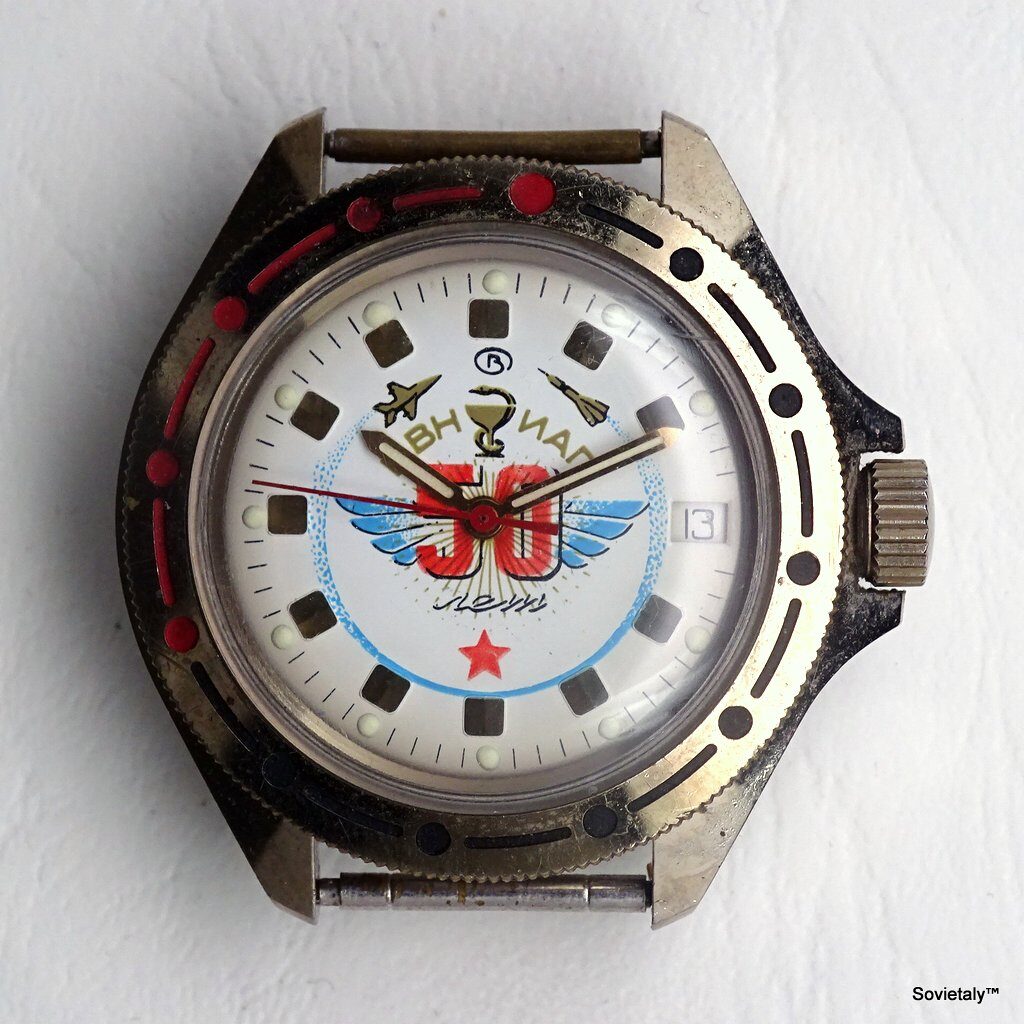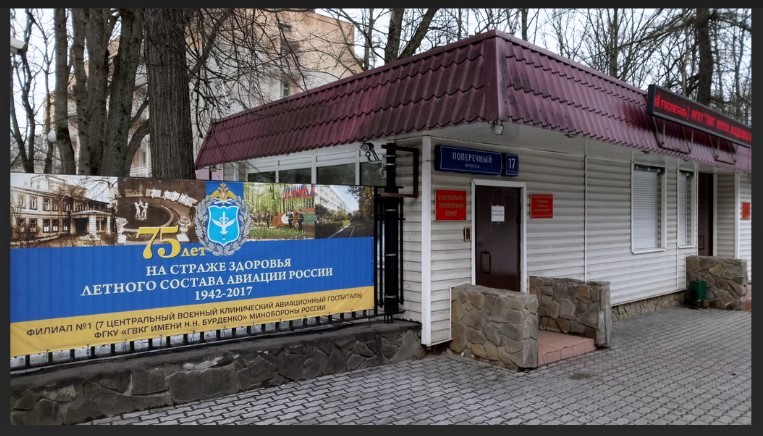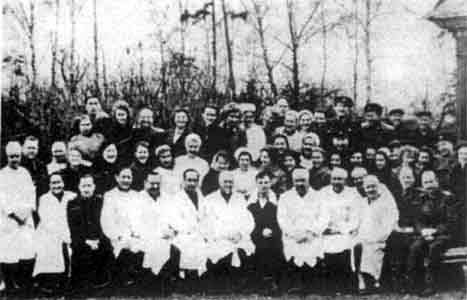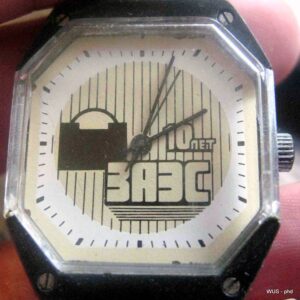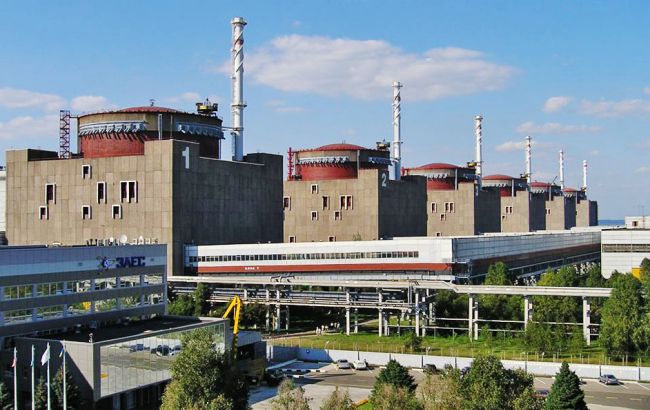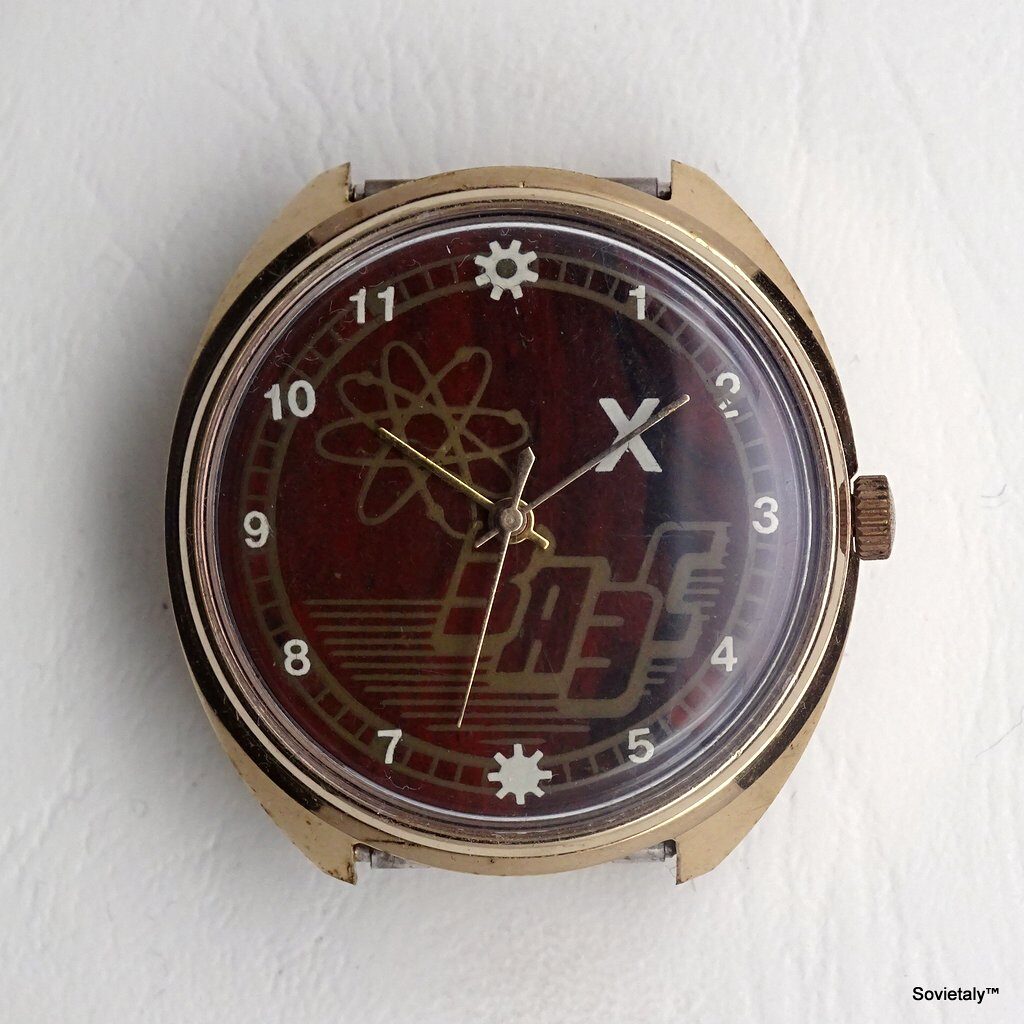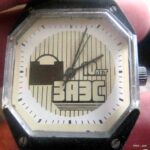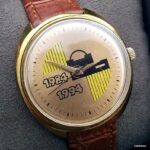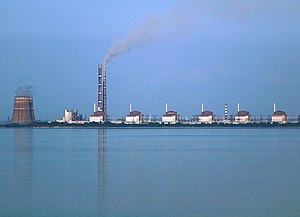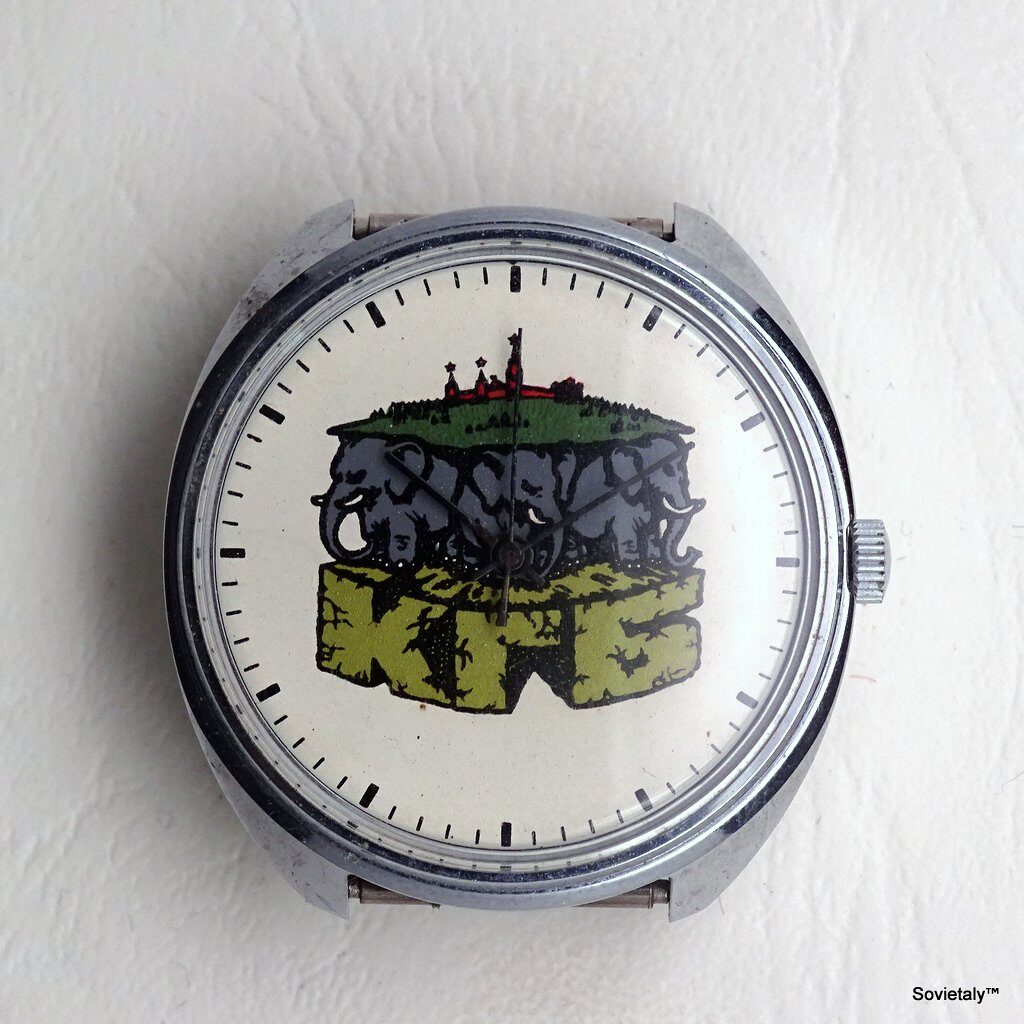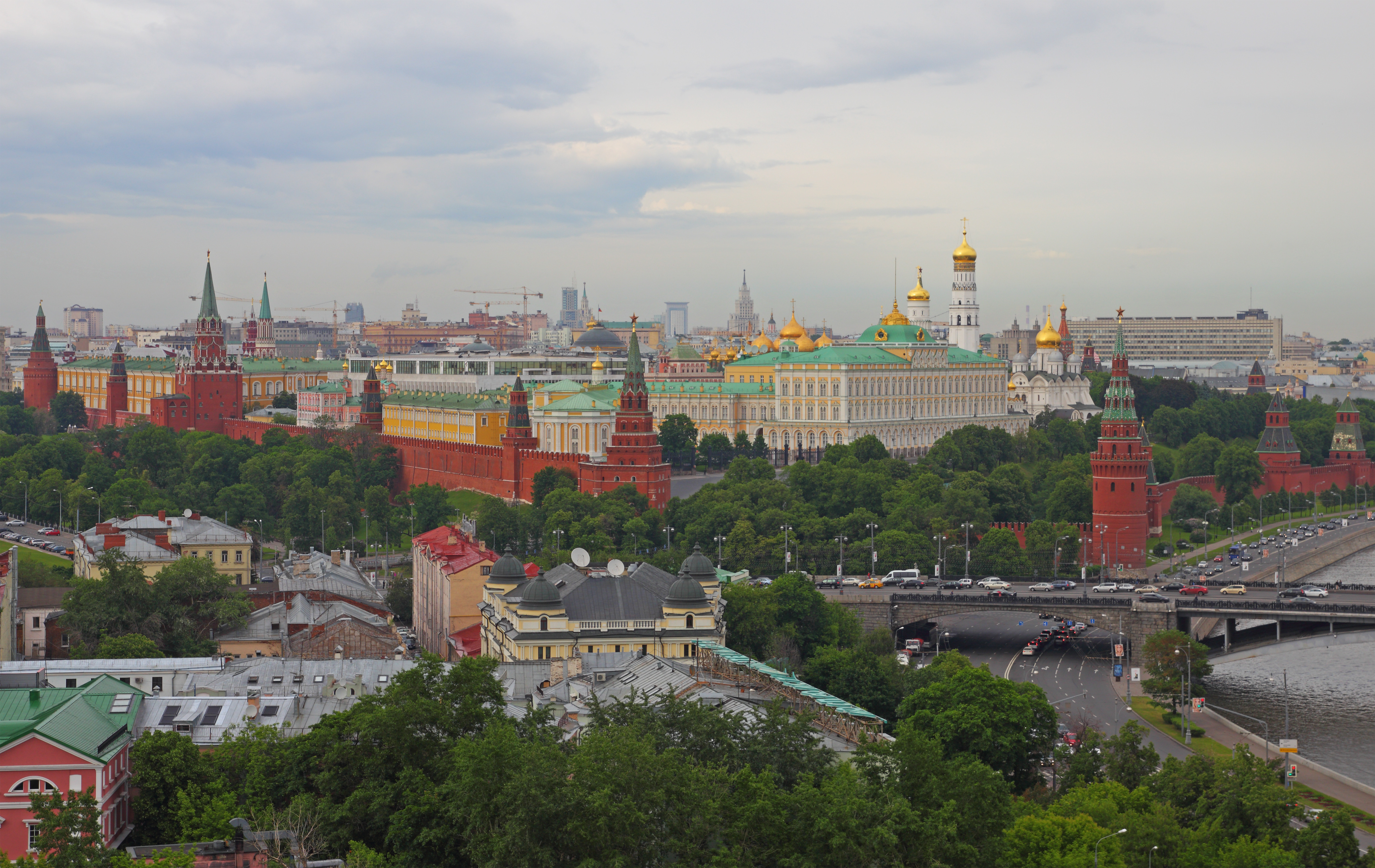L’Orologio Slava
L’orologio Slava АМНТК Союз è molto più di un semplice strumento per segnare il tempo. Questo orologio, realizzato per commemorare i 50 anni di eccellenza dell’Aero-engine Scientific and Technical Complex «Soyuz» (АМНТК “Союз”), rappresenta un pezzo di storia aeronautica sovietica e russa.
Il quadrante dell’orologio è semplice ma ricco di significato. Presenta un disegno stilizzato di un aereo, simbolo dell’innovazione tecnologica e della potenza dei motori prodotti dall’istituto. La lancetta dei secondi è caratterizzata da un grosso pallino rosso verso l’estremità, tipico di alcuni orologi Slava. Il quadrante include anche le date “1943-1993”, segnando il cinquantesimo anniversario della fondazione dell’istituto.
L’orologio è mosso da un calibro Slava 2414 standard meccanico a carica manuale con data. La cassa è una 3991XXX cromata, simile a quella dei modelli Perestroika destinati al mercato italiano. Il fondello dell’orologio è in acciaio inossidabile e riporta il seriale n° 419, un dettaglio che aggiunge un tocco di unicità.
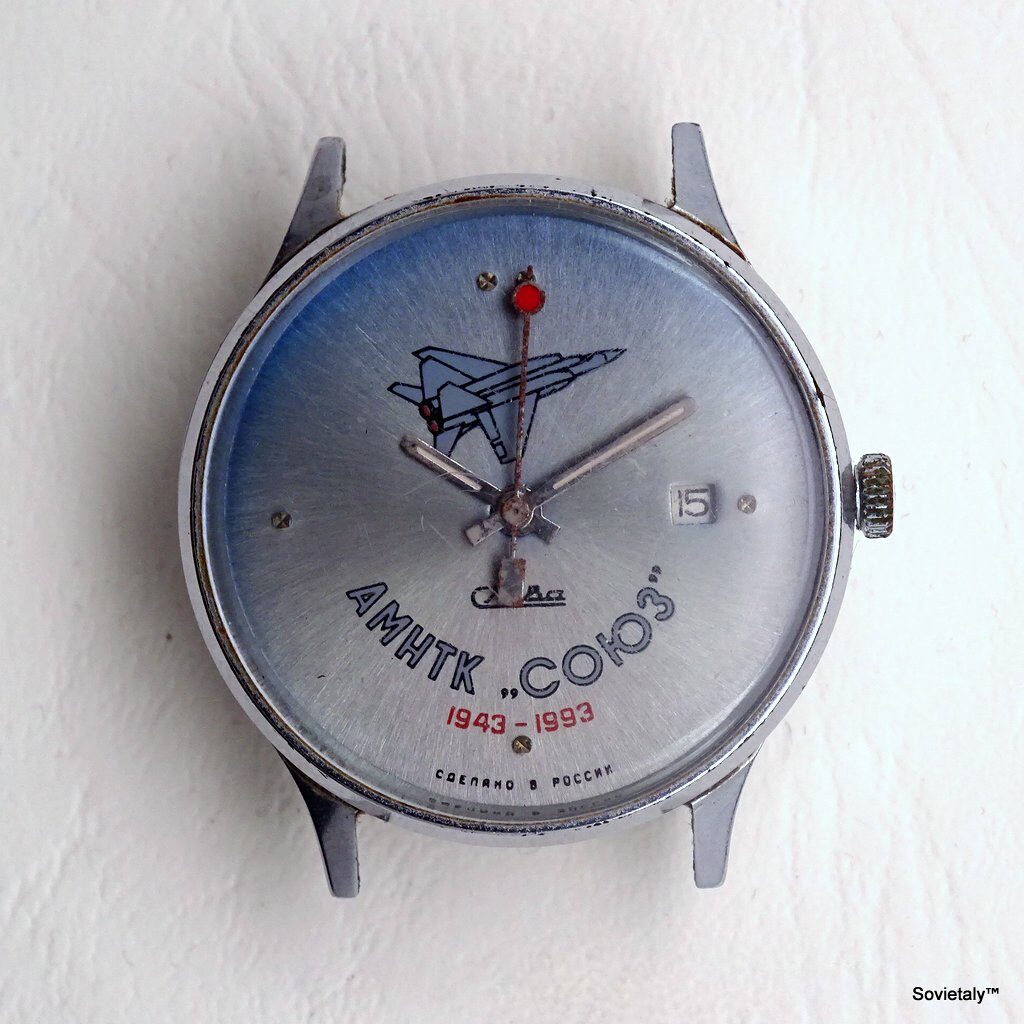
Storia di АМНТК “Союз”
Il complesso АМНТК “Союз” ha una storia affascinante e ricca di successi. Fondato durante la Seconda Guerra Mondiale, l’istituto è nato con la Risoluzione del Comitato di Difesa dello Stato n. 2916 del 18 febbraio 1943. Inizialmente situato sulla riva del fiume Moscova a Luzniki, la fabbrica fu evacuata a Kuibyshev (odierna Samara) durante la Grande Guerra Patriottica.
Innovazioni e Sviluppi Tecnologici
Chi costruisce i motori per il MiG-21, il MiG-25 o il Tu-104? La risposta è l’Aero-engine Scientific and Technical Complex «Soyuz». Questo istituto è stato un pilastro nell’industria aeronautica sovietica e russa, dedicandosi alla manutenzione e alla realizzazione di motori per elicotteri, missili e aeromobili.
Il MiG-25, noto per le sue straordinarie prestazioni, deve la sua velocità e potenza ai motori Tumanskij R-15B-300. Questi motori sono tra i più potenti turbogetti mai costruiti e hanno permesso al MiG-25 di stabilire numerosi record di velocità e altitudine. QUI potete trovare informazioni dettagliate sui motori della АМНТК Союз, incluso il Tumanskij R-15B-300 che equipaggia il MiG-25.
La Fabbrica di Motori Oggi
Oggi, АМНТК Союз è una società per azioni quotata in borsa, con attività concentrate principalmente nella lavorazione di turbogetti per aeromobili e azionamenti a turbina a gas per elettrogeneratori e pompe di gas. L’istituto è attivo da ben 78 anni e continua a essere un leader nel campo della tecnologia dei motori aeronautici.
QUI è possibile accedere al sito dell’istituto per ulteriori informazioni sui motori progettati e la storia dell’istituto.
Conclusioni
Anche questa volta, un semplice orologio Slava mi ha permesso di approfondire un aspetto spesso trascurato. Quando un profano come me guarda un jet militare, difficilmente pensa ai motori e alle loro caratteristiche. Ci si sofferma sulla carlinga, sulle forme, ma i motori, nascosti nell’aereo, rimangono per i più un mistero. Felice di aver avuto l’occasione di interessarmi, seppur superficialmente, all’argomento. Probabilmente guarderò con occhio diverso gli aerei in futuro.



